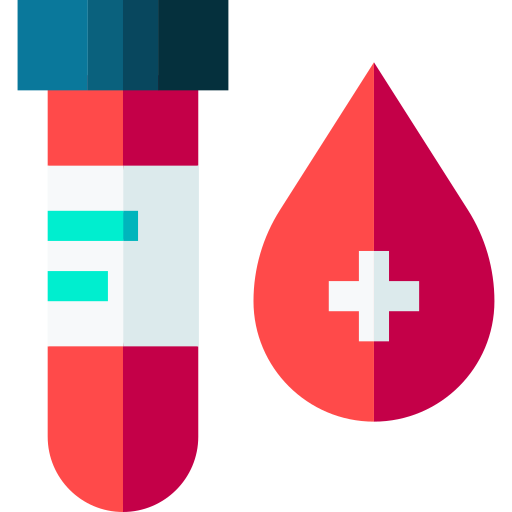
It is used to diagnose anaemia, infections, certain types of cancer, and soon
Done annually to screen for kidney function evaluation.
Done annually to screen for liver conditions, such as alcohol-induced liver damage, fatty liver, Hepatitis C and B
Helps detect urinary tract infections, kidney disease, or diabetes, which are common in older women.
Haemogram: Provides a comprehensive overview of blood health, identifying potential blood disorders.
Used for detailed cellular studies, often in the context of cancer screening.
Recommended after age 35, an electrocardiogram (ECG) test is, checks for the risk of heart disease. If the report is normal, it can be repeated annually.
It should be done an interval of every 1-2 years, starting at the age of 400 but high risk cases (with family history, smoking etc) can begin testing in their 30s as well.
Recommended for those at high risk of lung cancer, such as long-term smokers.
A less invasive method for screening colorectal cancer, important as risk increases with age.
Provides a comprehensive scan of the body to detect cancer and other serious ailments.
Women of 21-30 years (or earlier if sexually active) should do it in every 3 years. Post 30, they may combine it with HPV test, every 3 years.Cancers Like gall bladder, ovary, renal cancer: Ultrasound scanning 2 years once.
The alpha-fetoprotein blood test is sometimes used, along with ultrasound of the liver, to try to detect liver cancer early in people at high risk of the disease.
Mainly for colon cancer and also raised in other abdominal and pelvic organ cancers.
Monitors therapeutic progress and checks for recurrence of ovarian and breast cancer, respectively.
This is a cancer marker of the pancreas, gallbladder, lung, liver or colon cancers.
Examines characteristics of blood cells to aid in the diagnosis of blood disorders.
Screens for hidden blood in the stool, an early indicator of colorectal cancer, particularly important in older adults.
Analyzes DNA to identify inherited risks for diseases like cancer, which can guide preventive measures and treatments.
Essential for colorectal cancer screening, recommended regularly until at least age 75.

The CT scan facility provided by this clinic was exceptional. The staff was courteous, and the process was quick and efficient. I highly recommend their services.
I was quite apprehensive about undergoing a CT scan, but the team at this center made me feel comfortable throughout the procedure. The results were accurate, and I'm grateful for their professional care.
I've had several CT scans done at this facility, and each time, the experience has been consistent - timely appointments, modern equipment, and knowledgeable staff. Trustworthy service indeed!
The CT scan service here exceeded my expectations. The radiologist explained everything in detail, and I felt reassured throughout. Kudos to the entire team for their expertise and empathy.
Women in this age group should consider the following screenings:
Yes, cardiovascular health screenings are crucial for women over 60, including:
Bone X-rays are essential for diagnosing fractures and assessing bone alignment, aiding doctors in developing treatment plans and monitoring healing progress. They provide detailed images of the skeletal system, helping identify abnormalities or injuries that may not be visible through other imaging techniques